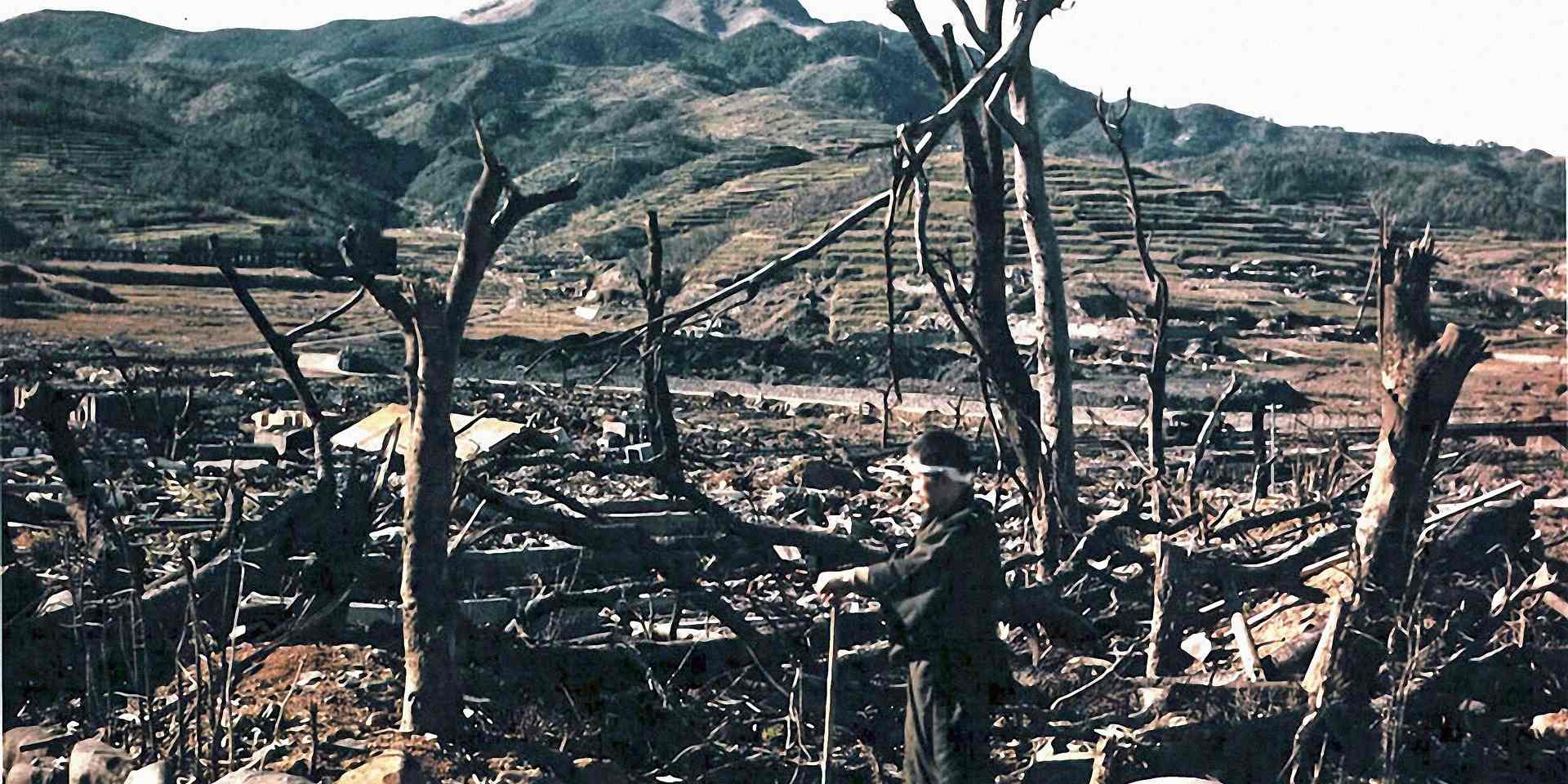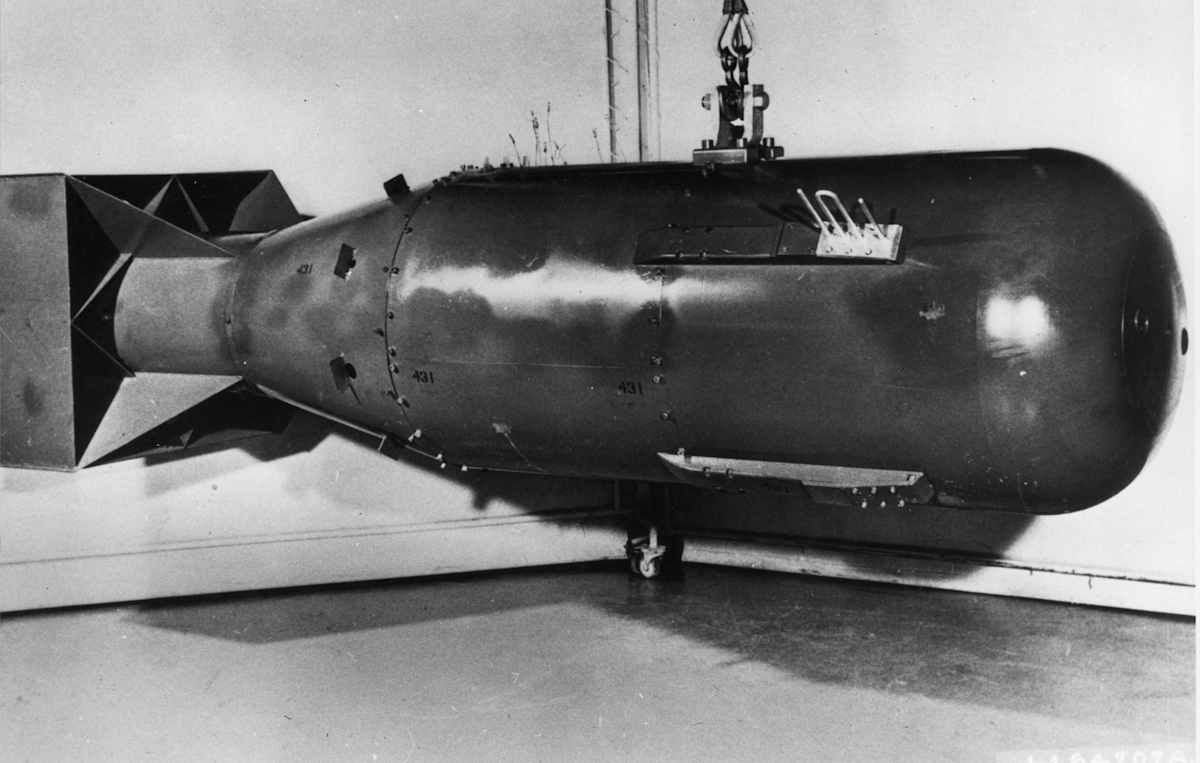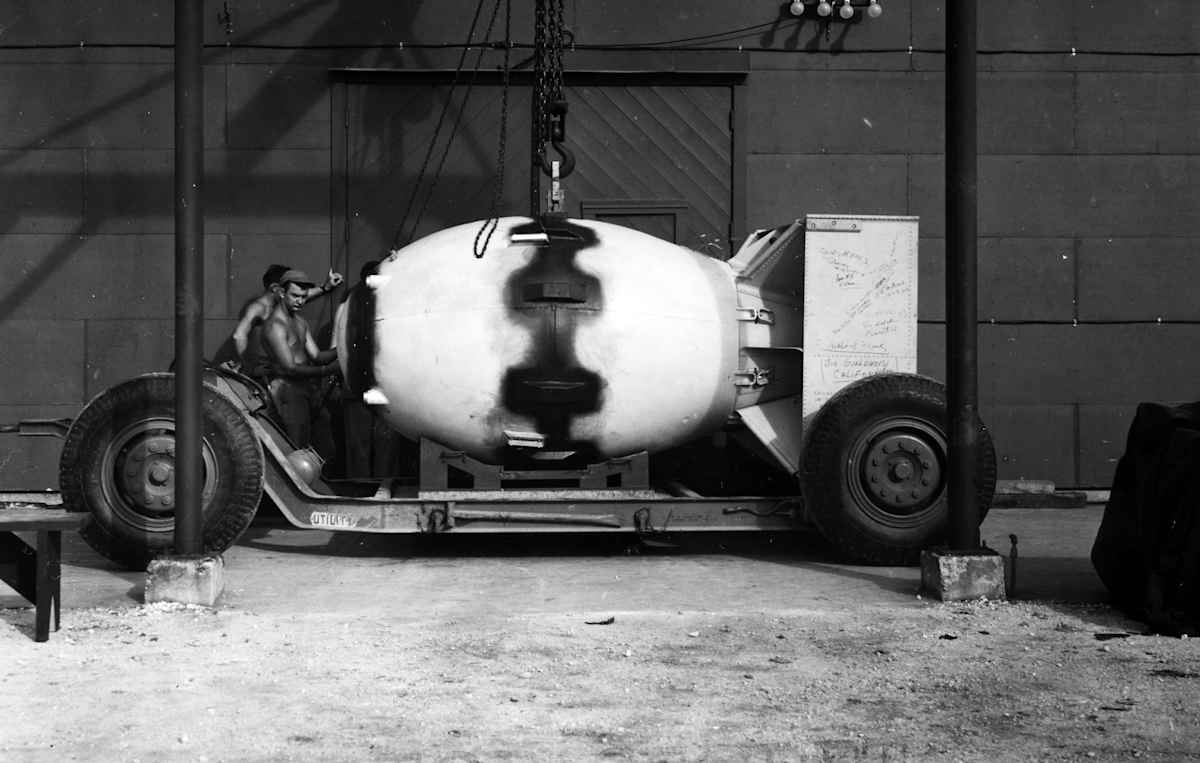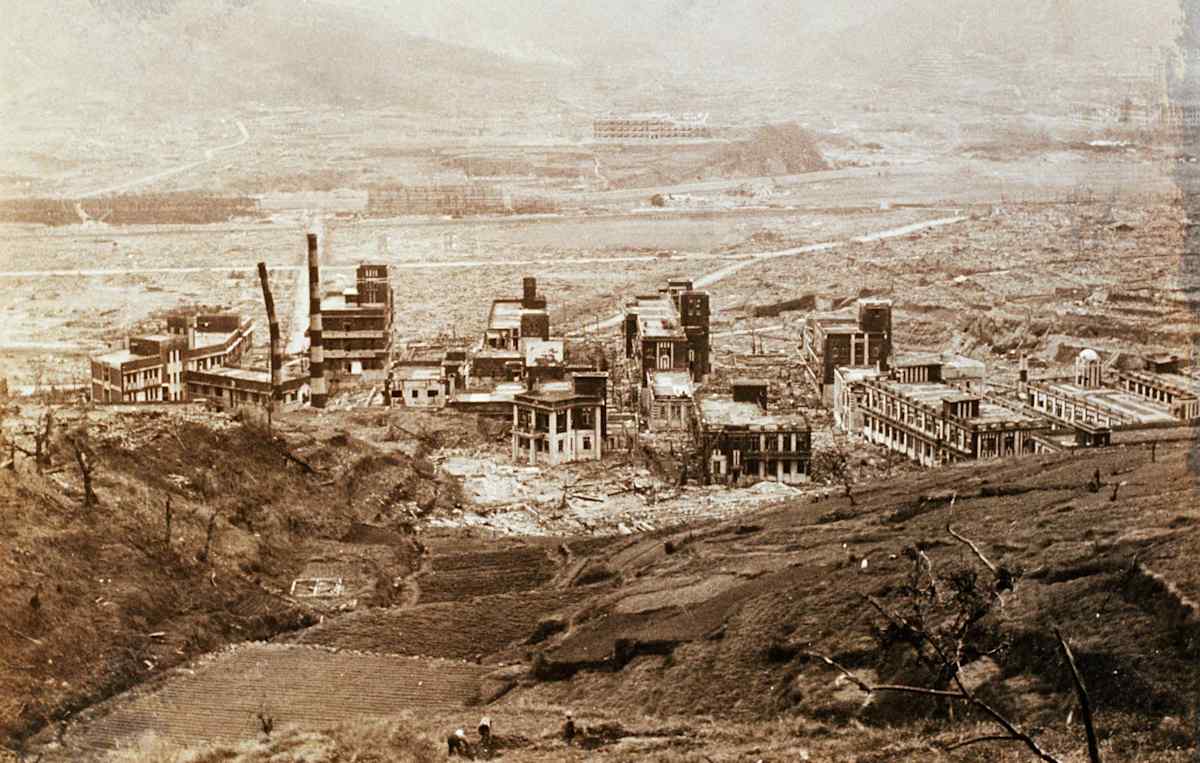By: History.com Editors
Bombing of Hiroshima and Nagasaki

Prisma Bildagentur/Universal Images Group/Getty Images
Published: November 18, 2009
Last Updated: February 27, 2025
On August 6, 1945, during World War II (1939-45), an American B-29 bomber dropped the world’s first deployed atomic bomb over the Japanese city of Hiroshima. The explosion immediately killed an estimated 80,000 people; tens of thousands more would later die of radiation exposure. Three days later, a second B-29 dropped another A-bomb on Nagasaki, killing an estimated 40,000 people. Japan’s Emperor Hirohito announced his country’s unconditional surrender in World War II in a radio address on August 15, citing the devastating power of “a new and most cruel bomb.”
Bombing of Hiroshima and Nagasaki
In August 1945, the United States dropped two atomic bombs over the Japanese cities of Hiroshima and Nagasaki. What happened to people on the fringes of the blasts?
Even before the outbreak of war in 1939, a group of American scientists—many of them refugees from fascist regimes in Europe—became concerned with nuclear weapons research being conducted in Nazi Germany. In 1940, the U.S. government began funding its own atomic weapons development program, which came under the joint responsibility of the Office of Scientific Research and Development and the War Department after the U.S. entry into World War II. The U.S. Army Corps of Engineers was tasked with spearheading the construction of the vast facilities necessary for the top-secret program, codenamed “The Manhattan Project” (for the engineering corps’ Manhattan district).
Over the next several years, the program’s scientists worked on producing the key materials for nuclear fission—uranium-235 and plutonium (Pu-239). They sent them to Los Alamos, New Mexico, where a team led by J. Robert Oppenheimer worked to turn these materials into a workable atomic bomb. Early on the morning of July 16, 1945, the Manhattan Project held its first successful test of an atomic device—a plutonium bomb—at the Trinity test site at Alamogordo, New Mexico.
No Surrender for the Japanese
History Shorts: How the Atomic Bomb Was Used in WWII
The United States' decision to use the atomic bomb was made after great debate, but still led to a massive loss of human life.
By the time of the Trinity test, the Allied powers had already defeated Germany in Europe. Japan, however, vowed to fight to the bitter end in the Pacific, despite clear indications (as early as 1944) that they had little chance of winning. In fact, between mid-April 1945 (when President Harry Truman took office) and mid-July, Japanese forces inflicted Allied casualties totaling nearly half those suffered in three full years of war in the Pacific, proving that Japan had become even more deadly when faced with defeat. In late July, Japan’s militarist government rejected the Allied demand for surrender put forth in the Potsdam Declaration, which threatened the Japanese with “prompt and utter destruction” if they refused.
General Douglas MacArthur and other top military commanders favored continuing the conventional bombing of Japan already in effect and following up with a massive invasion, codenamed “Operation Downfall.” They advised Truman that such an invasion would result in U.S. casualties of up to 1 million. In order to avoid such a high casualty rate, Truman decided–over the moral reservations of Secretary of War Henry Stimson, General Dwight Eisenhower and a number of the Manhattan Project scientists–to use the atomic bomb in the hopes of bringing the war to a quick end. Proponents of the A-bomb—such as James Byrnes, Truman’s secretary of state—believed that its devastating power would not only end the war, but also put the U.S. in a dominant position to determine the course of the postwar world.
Why Did the U.S. Bomb Hiroshima and Nagasaki?
Hiroshima, a manufacturing center of some 350,000 people located about 500 miles from Tokyo, was selected as the first target. After arriving at the U.S. base on the Pacific island of Tinian, the more than 9,000-pound uranium-235 bomb was loaded aboard a modified B-29 bomber christened Enola Gay (after the mother of its pilot, Colonel Paul Tibbets). The plane dropped the bomb—known as “Little Boy”—by parachute at 8:15 in the morning, and it exploded 2,000 feet above Hiroshima in a blast equal to 12-15,000 tons of TNT, destroying five square miles of the city.
Hiroshima’s devastation failed to elicit immediate Japanese surrender, however, and on August 9 Major Charles Sweeney flew another B-29 bomber, Bockscar, from Tinian. Thick clouds over the primary target, the city of Kokura, drove Sweeney to a secondary target, Nagasaki, where the plutonium bomb “Fat Man” was dropped at 11:02 that morning. More powerful than the one used at Hiroshima, the bomb weighed nearly 10,000 pounds and was built to produce a 22-kiloton blast. The topography of Nagasaki, which was nestled in narrow valleys between mountains, reduced the bomb’s effect, limiting the destruction to 2.6 square miles.
Aftermath of the Bombing
At noon on August 15, 1945 (Japanese time), Emperor Hirohito announced his country’s surrender in a radio broadcast. The news spread quickly, and “Victory in Japan” or “V-J Day” celebrations broke out across the United States and other Allied nations. The formal surrender agreement was signed on September 2, aboard the U.S. battleship Missouri, anchored in Tokyo Bay.
Because of the extent of the devastation and chaos—including the fact that much of the two cities' infrastructure was wiped out—exact death tolls from the bombing of Hiroshima and Nagasaki remain unknown. However, it's estimated roughly 70,000 to 135,000 people died in Hiroshima and 60,000 to 80,000 people died in Nagasaki, both from acute exposure to the blasts and from long-term side effects of radiation.
Related Articles

Hitler’s Secret Expedition to Antarctica
In preparation for war, Hitler wanted to find substitutes for fat-based products—including margarine—in case imported sources were cut off.

How Did the Nazis Really Lose World War II?
Countless history books, TV documentaries and feature films made about World War II, many accept a similar narrative of the war in the West, which may not be entirely accurate.

When the Nazis Invaded the Hamptons
Even before the US entered World War II, German military intelligence had developed a plan to secretly infiltrate the East Coast and sabotage American war efforts.

How the Hitler Youth Turned a Generation of Kids Into Nazis
Hitler’s war against Boy Scouts fueled the Third Reich’s ideology—and its military might.
About the author
HISTORY.com works with a wide range of writers and editors to create accurate and informative content. All articles are regularly reviewed and updated by the HISTORY.com team. Articles with the “HISTORY.com Editors” byline have been written or edited by the HISTORY.com editors, including Amanda Onion, Missy Sullivan, Matt Mullen and Christian Zapata.
Fact Check
We strive for accuracy and fairness. But if you see something that doesn't look right, click here to contact us! HISTORY reviews and updates its content regularly to ensure it is complete and accurate.
Citation Information
- Article title
- Bombing of Hiroshima and Nagasaki
- Author
- History.com Editors
- Website Name
- History
- Date Accessed
- March 28, 2025
- Publisher
- A&E Television Networks
- Last Updated
- February 27, 2025
- Original Published Date
- November 18, 2009
History Revealed
Sign up for "Inside History"
Get fascinating history stories twice a week that connect the past with today’s world, plus an in-depth exploration every Friday.
By submitting your information, you agree to receive emails from HISTORY and A+E Global Media. You can opt out at any time. You must be 16 years or older and a resident of the United States.
More details: Privacy Policy | Terms of Use | Contact Us

















